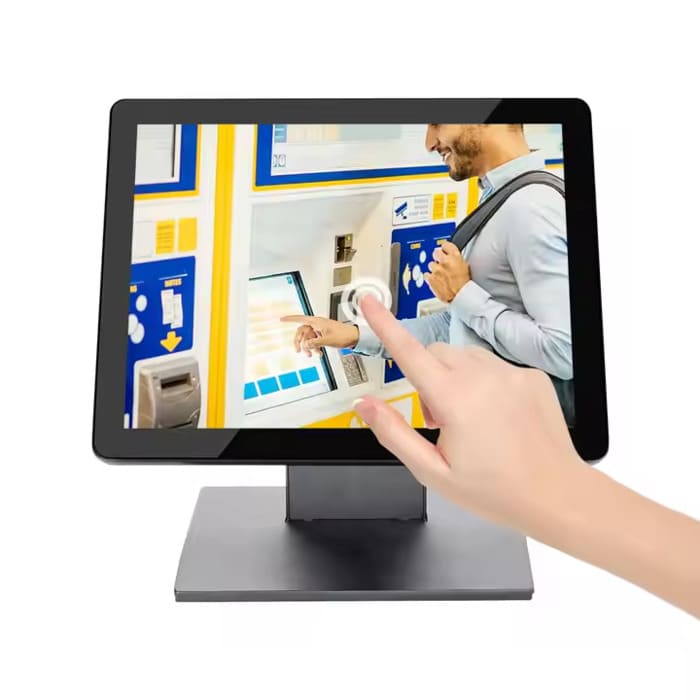Private-label monitors and touch screens allow businesses to rebrand OEM (original equipment manufacturer) displays under their own brand. This is ideal for companies looking to offer customized solutions without investing in full-scale manufacturing.
What Are Private-Label Monitors & Touch Screens?
- Definition: Displays produced by OEMs but sold under another brand’s name.
- Customization Options:
- Branding (logos, colors, packaging)
- Size, resolution, and panel type (LCD, OLED, etc.)
- Touch technology (resistive, capacitive, IR)
- Software & firmware modifications
Benefits of Private-Labeling Monitors & Touch Screens
✅ Cost-Effective Branding
- No need for R&D or manufacturing setup.
- Faster time-to-market vs. in-house production.
✅ Customization & Flexibility
- Choose from different sizes (7″ to 86″), resolutions (HD to 8K), and touch types.
- Add anti-glare coatings, reinforced glass, or sunlight-readable panels.
✅ Control Over Supply Chain
- Work directly with manufacturers to ensure quality.
- Adjust orders based on demand (no excess inventory risk).
✅ Competitive Advantage
- Offer unique features (e.g., medical-grade, outdoor-rated, or industrial).
- Stand out in markets like digital signage, kiosks, and automation.
Applications of Private-Label Monitors & Touch Screens
| Industry | Use Cases | Recommended Features |
|---|---|---|
| Retail & Hospitality | POS systems, self-service kiosks | Capacitive touch, anti-fingerprint coating |
| Healthcare | Medical displays, patient monitors | UL60601 certification, antimicrobial glass |
| Industrial Automation | HMI panels, control systems | IP65 rating, wide-temperature operation |
| Gaming & Arcade | Casino machines, gaming displays | High refresh rate, anti-scratch surface |
| Transportation | In-vehicle infotainment, fleet tracking | Vibration-resistant, sunlight-readable |
| Digital Signage | Advertising screens, interactive displays | 4K resolution, high brightness (1000+ nits) |
How to Start Private-Labeling Monitors & Touch Screens?
Step 1: Define Your Requirements
- Display Type: LCD, OLED, or e-ink?
- Touch Technology: Resistive, PCAP, or IR?
- Environmental Needs: IP rating, temperature range, brightness.
Step 2: Find a Reliable OEM Manufacturer
- Key Considerations:
- MOQ (Minimum Order Quantity) – Some suppliers accept small batches.
- Certifications (CE, FCC, RoHS, ISO 9001).
- Customization options (branding, firmware, connectors).
Step 3: Customize & Brand Your Product
- Hardware: Bezel color, logo engraving, protective coatings.
- Software: Custom boot screen, pre-installed apps.
- Packaging: Retail-ready boxes with your branding.
Step 4: Quality Control & Testing
- Ensure displays pass:
- Durability tests (drop, vibration, temperature cycling).
- Touch accuracy & response time checks.
- Burn-in & dead pixel inspection.
Step 5: Logistics & Distribution
- Shipping: Air freight (faster) vs. sea freight (cheaper).
- Warehousing: Dropshipping or bulk storage.
5. Private-Label vs. Off-the-Shelf Monitors
| Factor | Private-Label | Off-the-Shelf |
|---|---|---|
| Branding | Fully customizable | Generic/no branding |
| Cost | Higher initial setup | Lower upfront cost |
| Lead Time | Longer (customization) | Immediate shipping |
| Flexibility | Tailored to exact needs | Limited options |
| Profit Margins | Higher (brand premium) | Lower (competitive pricing) |

